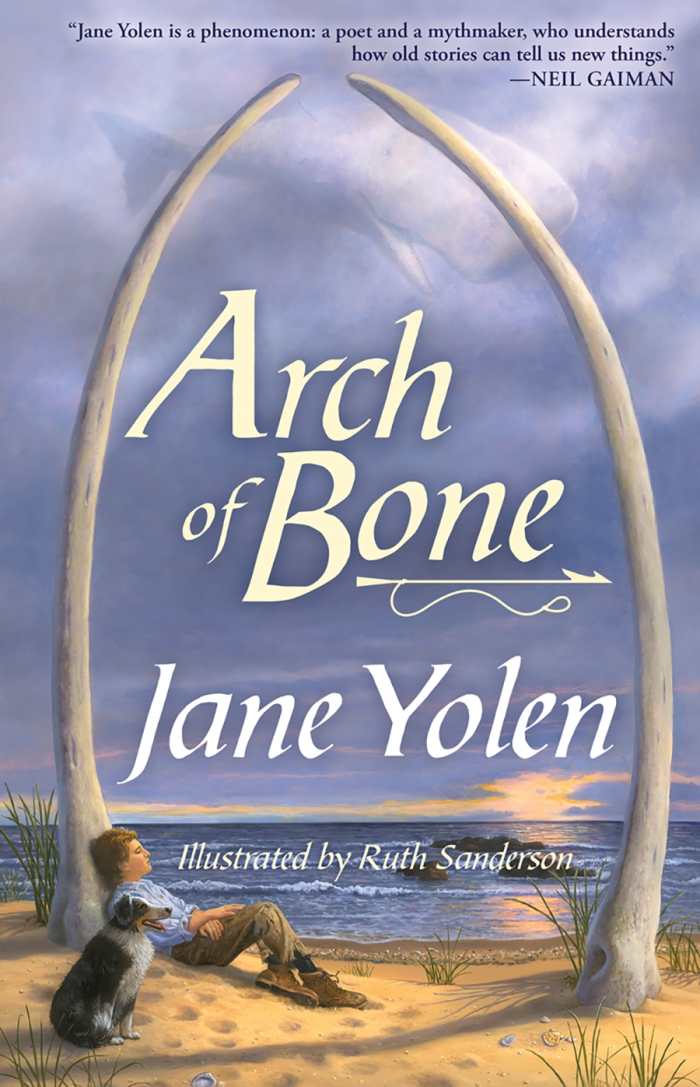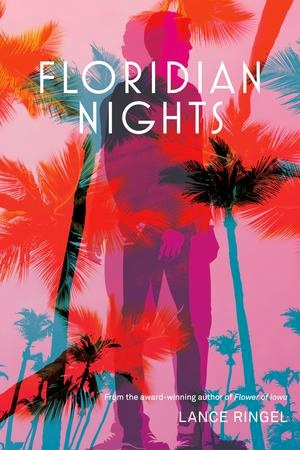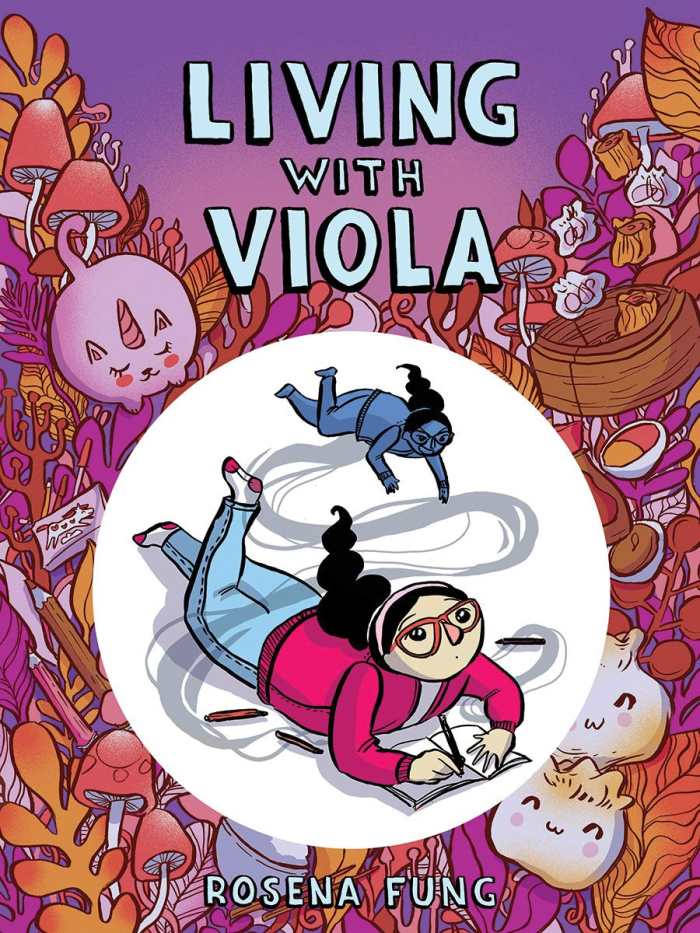Book of the Day Roundup: November 29-December 3, 2021
Wild Design
The Architecture of Nature

Kimberly Ridley
Princeton Architectural Press
Hardcover $24.95 (112pp)
978-1-64896-017-8
Buy: Local Bookstore (Bookshop)
William Blake’s poetic directive to “see a World in a Grain of Sand / And a Heaven in a Wild Flower” encapsulates the message of Kimberly Ridley’s Wild Design. Here, the natural structures of mineral crystals, bird nests, beaver dams and honeycomb are sources of wonder because of their intricacy and functional perfection. There is both art and science in Ridley’s marvelous visual and textual examples, alongside interesting facts about how diverse animals and plants behave in their environments.
Elegant descriptions of flora, fauna, rocks, and fungi are paired with curated images from antiquarian natural history sources. Diverse plant forms, from pollen grains to leaves and petals, seduce the eye on closer inspection. Seashells and sunflower centers unravel in dazzling and precise logarithmic spirals. Tiny radiolarians, a type of plankton, are encased in stunning, spiky silica mesh encrustations that resemble hot air balloons or retro military helmets or Victorian lampshades.
Designers and architects have always turned to the natural world for inspiration, and collectors grand and small have long sought out the wondrous natural treasures showcased in this book. Wild Design is an evocative miniature cabinet of curiosities, in portable codex form.
RACHEL JAGARESKI (October 27, 2021)
Arch of Bone

Jane Yolen
Ruth Sanderson, illustrator
Tachyon Publications
Hardcover $17.95 (192pp)
978-1-61696-350-7
Buy: Local Bookstore (Bookshop)
Set in the world of Moby-Dick, whose whaling towns were brutal, Jane Yolen’s novel Arch of Bone is about grief, coming-of-age, and survival.
Josiah, the fourteen-year-old son of Pequod‘s first mate, longs to follow his father to sea, though his age, and his pledge to care for his mother, stop him from doing so. Then a sailor, Ishmael, arrives at Starbucks’s door with devastating news: the Pequod, captained by obsessive Captain Ahab, has gone down. There are no survivors, save him. As Ishmael elects to stay for supper—and maybe longer—his presence unsettles Josiah, who runs from his home, seeks out a small boat, and sets off into the storm, his small dog at his side.
Quaker faith regulates life on Nantucket Island, where the residents lead interconnected lives. Rounded scenes capture the weather, which dominates many of the islanders’ decisions, and which leads to disasters within families; whales, their bodies, and the search for whales are present in most conversations. And something is always lost in this tale, whether it be a sailor, a fish, or a ship. The realities of such tenuous living are rendered through stark details.
For Josiah: the desire to live competes with the need to understand his father’s last days. He battles storms in barren landscapes and has strange, surreal dreams that evoke Herman Melville’s source material. He takes dynamic action, though, and comes of age despite it all.
Arch of Bone is a historical novel that reanimates Nantucket’s whaling history. In it, the aftermath of the Pequod’s sinking is imagined on behalf of the families of those lost at sea. The result is a daring story in which a grieving son becomes his own kind of survivor.
CAMILLE-YVETTE WELSCH (October 27, 2021)
I Know You Love Me, Too

Amy Neswald
New American Press
Softcover $17.00 (226pp)
978-1-941561-26-3
Buy: Local Bookstore (Bookshop)
In her debut novel-in-stories, I Know You Love Me, Too, Amy Neswald threads the relationship between two sisters through fourteen linked stories to create a genre-bending experience. The half sisters, eight years apart in age, must figure out who and what they are to each other after the unexpected death of their father, the only person intent on linking them together. Haunting in both its language and images, the novel is quiet but intense.
The story begins at older sister Ingrid’s art show, where italicized descriptions of her work are interspersed with the story. The scene is subtle in revealing the themes that come to dominate the book: artistic and emotional isolation, the fear of losing art, the distance between the sisters, Ingrid’s fear of not fulfilling her artistic potential, and loss. The emotions of Ingrid’s art are translated into language in a joyful manner.
Ingrid’s younger sister, Kate, is often dismissed by her older sister, but the stories reveal a different story of a child set adrift after her father’s death, hiding under a guise of perfection. The narration switches story by story, occasionally decentering Ingrid and Kate entirely. As a result, the characters take on a public presence as well as their private thoughts, making them fully rounded.
The language is compelling, both in terms of its descriptions and its apt observations. In “Forty-six”, repetition and figurative language engine the story, showing the near mania that drives Kate. In another story, a character remarks, “Love is like that: it is hard to get the measurements just right.”
The novel-in-stories I Know You Love Me, Too follows the evolution of a sisterhood—a troubled relationship covered via visceral descriptions and lush language.
CAMILLE-YVETTE WELSCH (October 27, 2021)
Floridian Nights

Lance Ringel
Distant Mirror Press
Softcover $16.95 (346pp)
978-1-73766-950-0
Buy: Local Bookstore (Bookshop)
A gay widower contends with bereavement and new love in Floridian Nights, Lance Ringel’s plaintive romance novel set during the late 1980s AIDS epidemic.
At thirty-five, prickly, brooding Gary meets Rick, a twenty-two-year-old waiter at a New York restaurant. Though Gary is haunted by nightmares and flashbacks about his partner, Becker, who died three years earlier, he’s receptive to, if ambivalent about, finding love again. But Rick is too young to catch all of Gary’s references, and he is sensitive to Gary’s unfiltered remarks. Doubts about their generational gap intensify when illness prompts Gary to join his parents in Florida, and Rick follows, resulting in a road trip that lays bare their emotions.
In this moving portrayal of the ebb and flow of grief, pain is drawn with sharp clarity, combining passionate recollections with uglier rifts. Gary’s lengthy relationship with Becker is grounded in complex realism. Their experiences of being gay during the 1980s are detailed in bold terms: there are hints of workplace discrimination, their nightlives are covered, they lose friends to AIDS, they are furtive about disclosing their truths. The dismaying reality is that progress is slow.
Gary is redeemed, in part, by his acknowledgment of Rick’s sincerity, alongside his concessions about his own cruel tendencies. Rick is Gary’s wistful, impulsive foil; his candor disarms Gary. Their conversations are sometimes prolonged, moving from misfires to affection and love. Other characters share their own perspectives on the men’s new relationship: some dismiss its viability, and others encourage it. Throughout, Gary is buoyed by his close-knit friendships, and people’s differences are revealed to have their own rewards.
At times raw, even cutting, the meticulous LGBTQ+ romance novel Floridian Nights follows a man as he risks loving again after losing a partner.
KAREN RIGBY (November 29, 2021)
Living with Viola

Rosena Fung
Annick Press
Hardcover $22.95 (272pp)
978-1-77321-548-8
Buy: Local Bookstore (Bookshop)
Living with Viola is the heartwrenching but triumphant story of a girl grappling with anxiety and cultural differences.
Livy is a Canadian middle school student of Chinese descent. She’s attending a new school, and feels alone. After being assigned to a group project, she makes three friends, but she is conscious of every way in which she’s different from them: her parents are “very Chinese” and don’t have impressive jobs, like her friend Charlotte’s parents; Livy isn’t athletic like Beth, or cool like Maddy. There’s pressure from her own family to do better in school, too.
Underlying it all is the presence of Livy’s dark, anxious side, represented as “Viola,” a lookalike whom only she can see, who whispers “They’re judging you” and “No one likes you,” shattering Livy’s confidence. Pushed to her limit, Livy tells her mom about her feelings. Meetings with a doctor teach her coping techniques to keep Viola in her place.
Livy is lovable, and when she summons the courage to seek help, it’s an emotional moment, as is the final revelation of her art project. The book’s artwork is excellent, and the text works in flawless partnership with it to convey actions, emotions, and moods. The lettering also warrants praise: varied letter sizes capture the highs and lows of Livy’s experiences.
The book handles a sensitive topic in a gentle but realistic way, proffering important insights about a silent, often difficult to detect mental health issue. Living with Viola is an outstanding graphic novel.
PETER DABBENE (November 29, 2021)
Barbara Hodge
